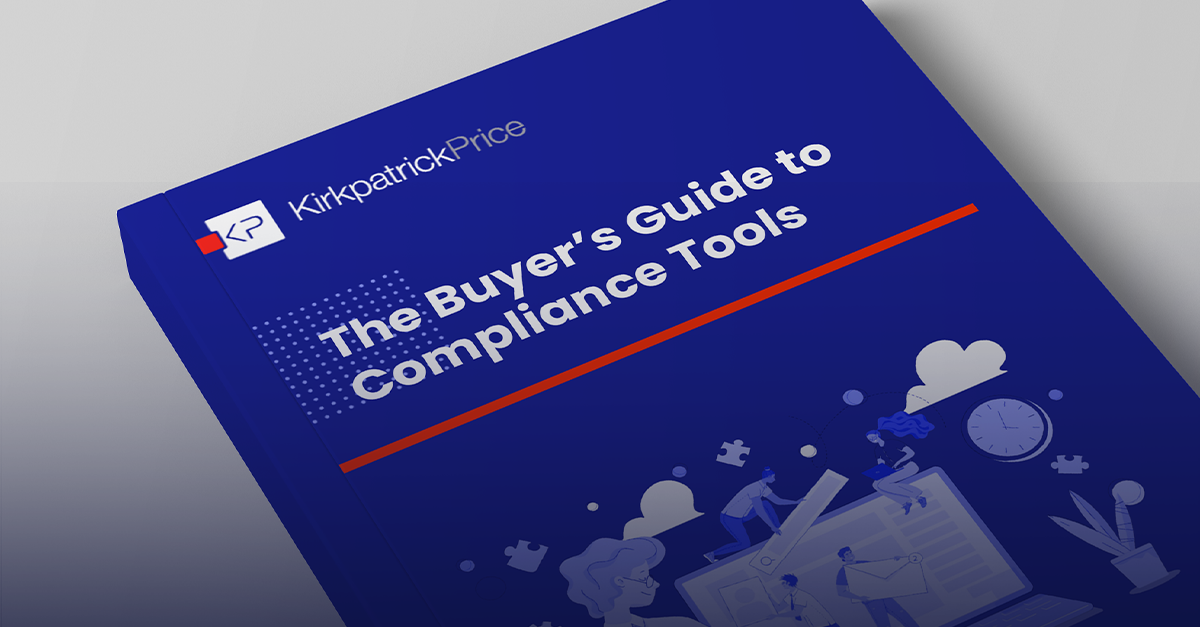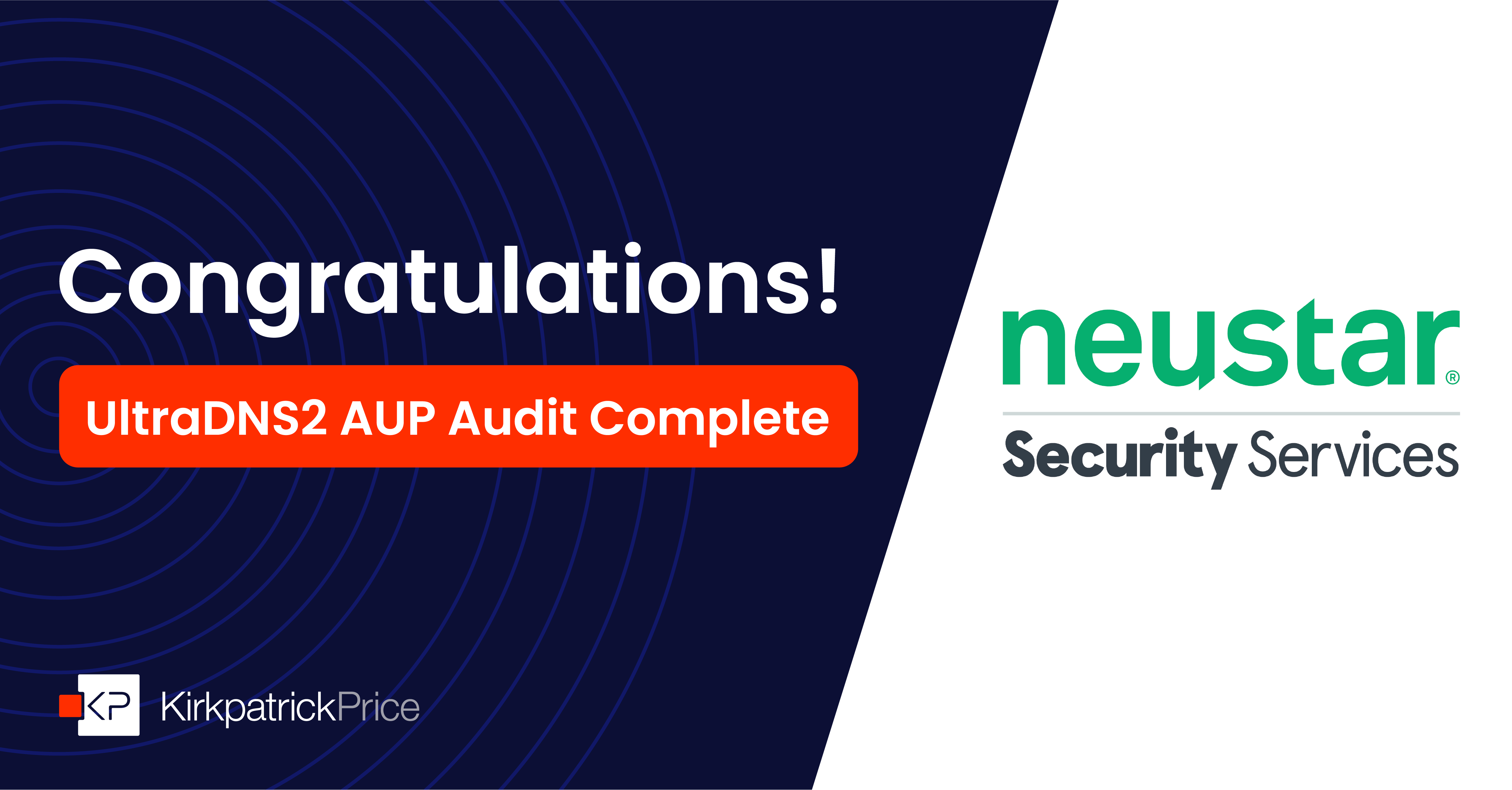
Audits are hard and choosing the right compliance tool is overwhelming. We understand that you need a tool that will make your life easier and help you accomplish your challenging security and compliance goals.
You need a tool that will help you get an audit report as soon as possible.
You need a tool that can help you meet your deadlines.
You need the best and simplest way to complete an audit.
You need a tool that connects you with audit experts.
You need a tool that makes something really hard, easier.
There are an overwhelming number of tools promising to help you meet these needs, and we understand how hard it can be to figure out which one will best help you meet those needs and goals. In our latest webinar, KirkpatrickPrice Founder & President Joseph Kirkpatrick walks through ten critical factors you should consider when choosing a compliance platform. Let’s walk through those factors and some questions you should ask during your decision making process.
- Integrations and Automated Evidence Gathering
- Does the tool take scope into account?
- If your automated tool isn’t considering how your people, processes, and technologies influence the scope of your audit and offering ways to verify their roles, you should probably keep looking.
- Can the evidence be gathered to support and satisfy the audit requirements?
- Does the tool take scope into account?
- Assign Compliance Responsibilities
- Can you assign roles and responsibilities to other users, or is the tool just an audit checklist put online?
- Individual departments should be able to work on and answer questions related to their responsibilities.
- You need to rely on your team to make the audit less overwhelming. Community is the answer to a successful audit engagement.
- Can you assign roles and responsibilities to other users, or is the tool just an audit checklist put online?
- Live Connection to an Expert
- Will you be working in a platform that gives you access to an expert?
- How does the tool support you when a question arises?
- Does the expert have enough experience to thoroughly answer your questions or test your advanced, unique environment?
- One Firm
- Will you have to engage multiple entities to complete your audit?
- Who is actually reviewing the evidence and issuing the report?
- Do you have to manage multiple relationships?
- Will misunderstandings occur from one interpretation to the next?
- This leads to inconsistent results
- Don’t exclude the audit firm from your tool conversation.
- Self-Service
- Can you work at your own pace as you get ready for your audit?
- People want to feel prepared before they start their audit. It’s like knowing the answers before taking the test, and it makes people feel more confident. Your compliance tool should make this possible.
- Educational Resources
- Does the platform offer you educational resources that will prepare and empower you throughout the process?
- Custom Mapping
- Can the tool support your unique engagements now and in the future?
- How does the tool account for the differences between control environments?
- You will have unique needs because every organization is different. Your tool should support that.
- Does the tool use boilerplate language or does it customize reports and controls according to your unique business needs?
- Multiple Frameworks
- Does the tool support multiple audit frameworks?
- How seamlessly do the frameworks map together if you need multiple engagements?
- Built by a Licensed Firm
- It matters who built the tool. Was it a software developer or a licensed firm who understands the intricacies of security and regulatory requirements?
- Where was the tool built and how will those jurisdictional requirements affect your data?
- Platform Cost
- What does the tool cost?
Choose the tool that can give you the assurance you deserve.
We understand that you want an audit tool that will make your life easier. That’s why we created the Online Audit Manager, the world’s first compliance platform, to bring you both technological innovation and direct interaction with a certified auditor.
The OAM will get you ready to successfully complete an audit and connect you with an audit expert who understands just how overwhelming the audit process can be.
To learn more about the factors you should consider when choosing a compliance too, listen to the full webinar.
Create your free account today!




